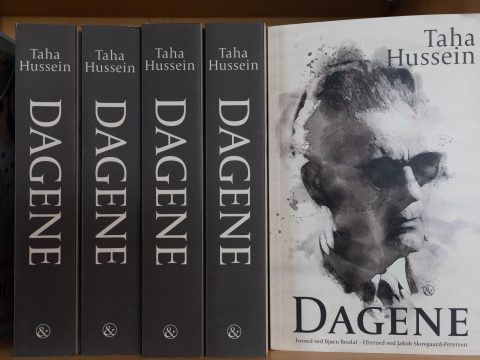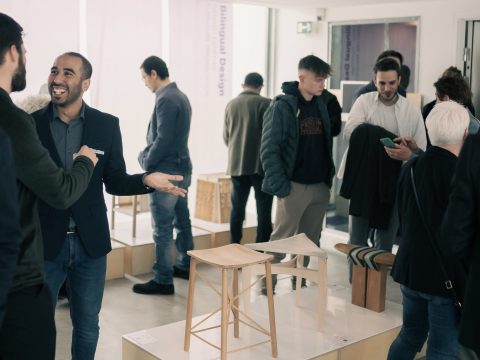Eight Egyptian and Danish artists spent two weeks together in Hanstholm and Copenhagen to work further on their projects as part of the DEDI Art Symposium “After Confinement – the Tale of Two Cities” program.
By Elisabeth Vang Jørgensen
Photos by Jakob Pagel Andersen
Photography, oil painting, sculptures, textiles, animations, installations, and games. These are some of the many different mediums the eight participants of the DEDI Art Symposium express themselves through.
Coming from widely different backgrounds but with visual art in common, the four Danish and four Egyptian artists spent two weeks together in Egypt in November 2021. During their time in Cairo and Aswan, each artist began working on their own project, while being able to follow the creative process of their colleagues.
In the middle of May this year, the group was reunited for a week-long residency in Hanstholm to continue their work on their projects and a week in Copenhagen to visit various galleries and studios. Haytham Nawar, PhD and associate professor at AUC, and Mette Bielefeldt Bruun, art historian, curator, and researcher, selected the participants and were also facilitators of the symposium.
“The symposium revolves around two themes. ‘The Tale of Two Cities’ with the idea of getting the artists to explore a connection between Aswan and Hanstholm, both cities being located on shores, and ‘After Confinement’ which refers to our post-Covid world,” Mette Bielefeldt Bruun explains.
“The artists could grab onto what they found interesting and inspiring, and as facilitators, we focused more on the process and the dialogue and less on the final product,” she adds.












